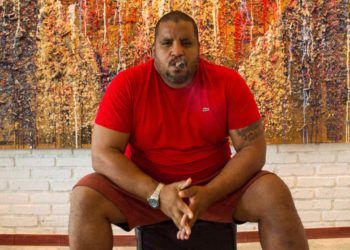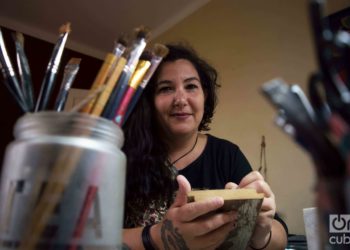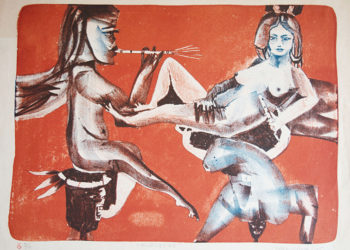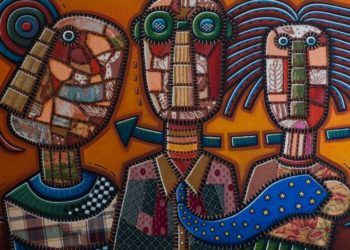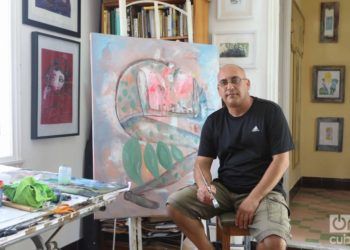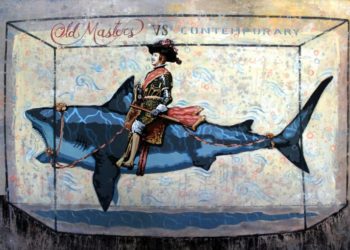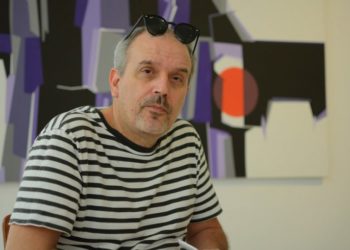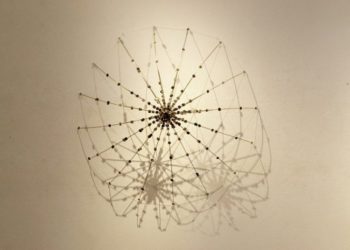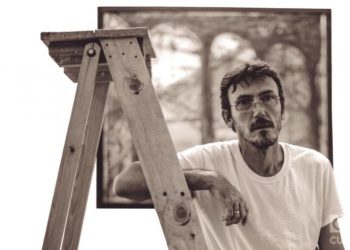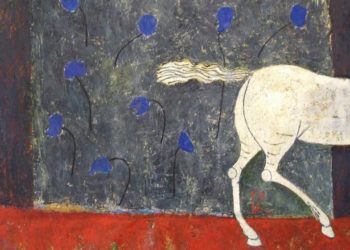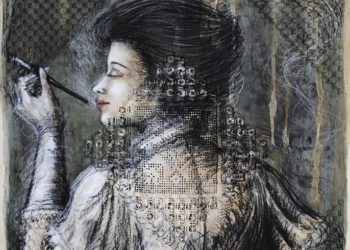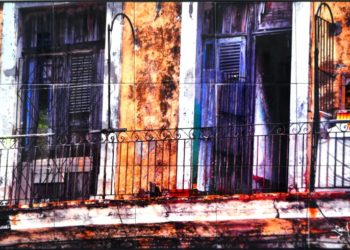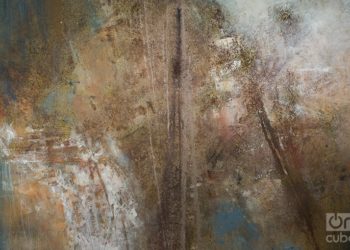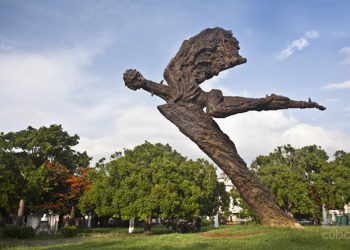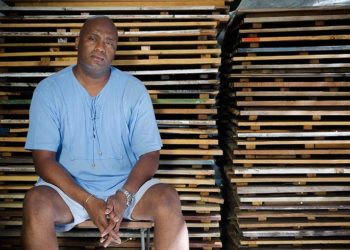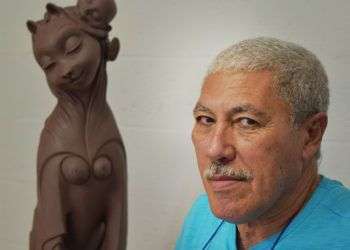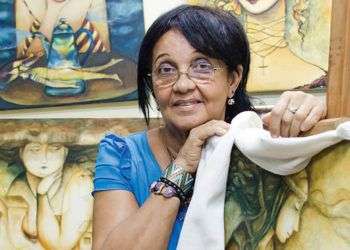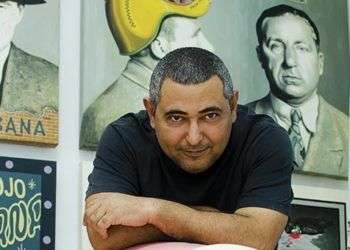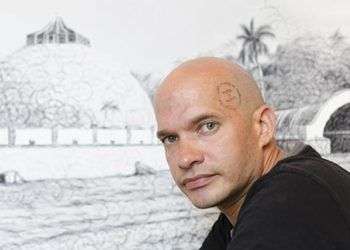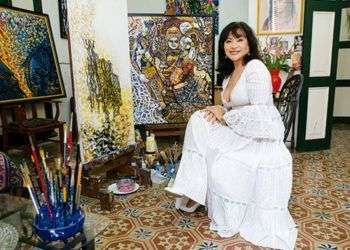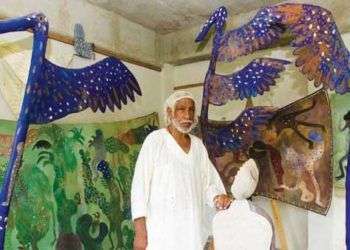“I Love My Country and Everything About This Island.”
Michel Mirabal, who was born in a tenement house in the Cayo Hueso neighborhood of Havana, remembers that as a child he "felt a great twitching in his hands" that only subsided when he began to draw. That’s why "while I waited for my turn to bat in the pick-up ball games that sprung up on any corner, I would take out my little notebook and started scribbling." He says that such was his desire to express things that when he was about six years old, he refused to talk for about three months and only communicated through drawings: "I was fascinated by that experience because it gave me the possibility for people to understand me through my drawings," he says with a mixture of pride and mischief. The visual arts world opened up for him when he was still a design student; he began working with maestro Omar Corrales, one of the most renowned set designers at the National Ballet of Cuba (BNC). "That experience lifted me up and it was the exact moment in which I began to design and to paint and to understand chiaroscuro and large-format art. It is a parallel world in which I was...

